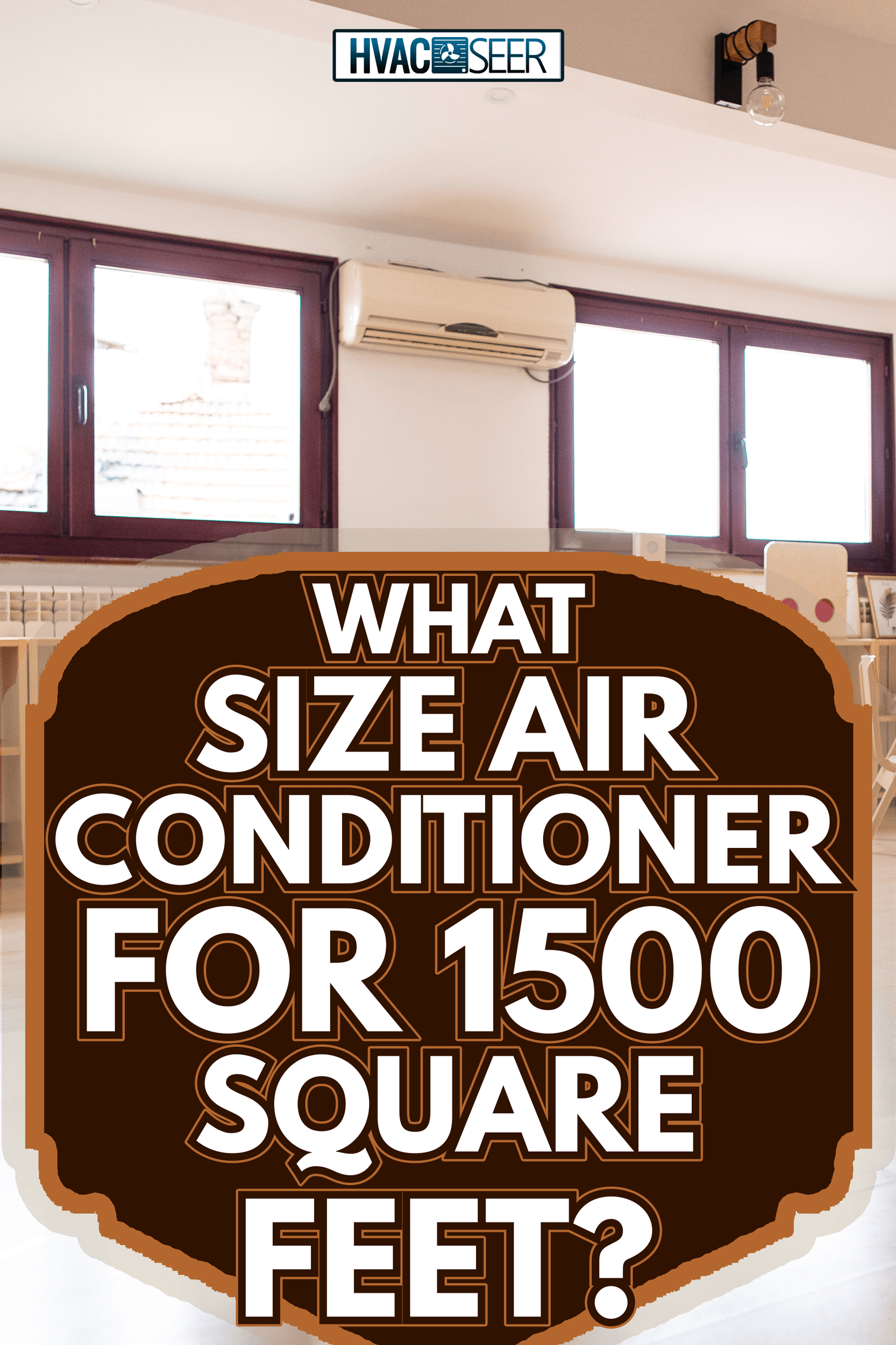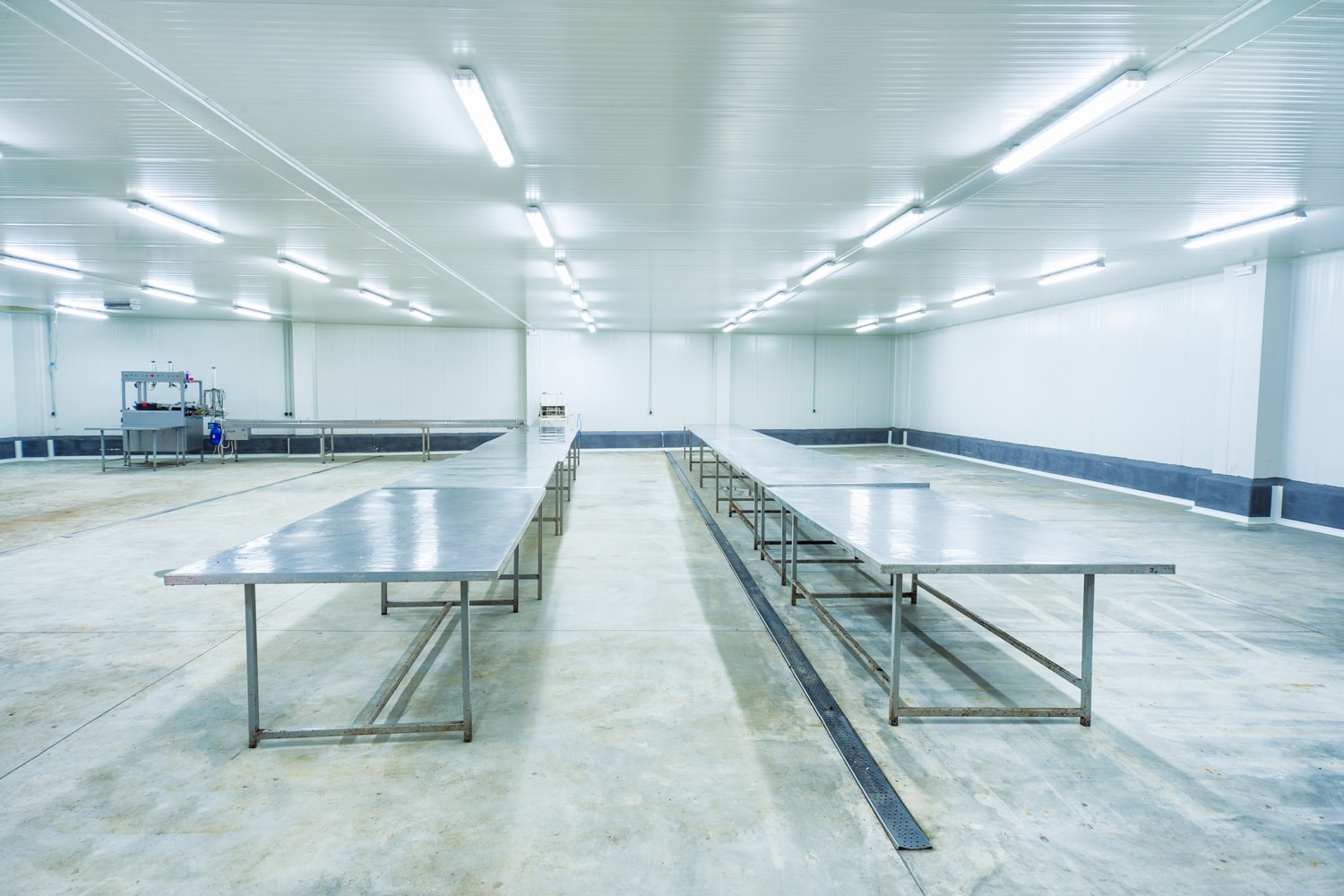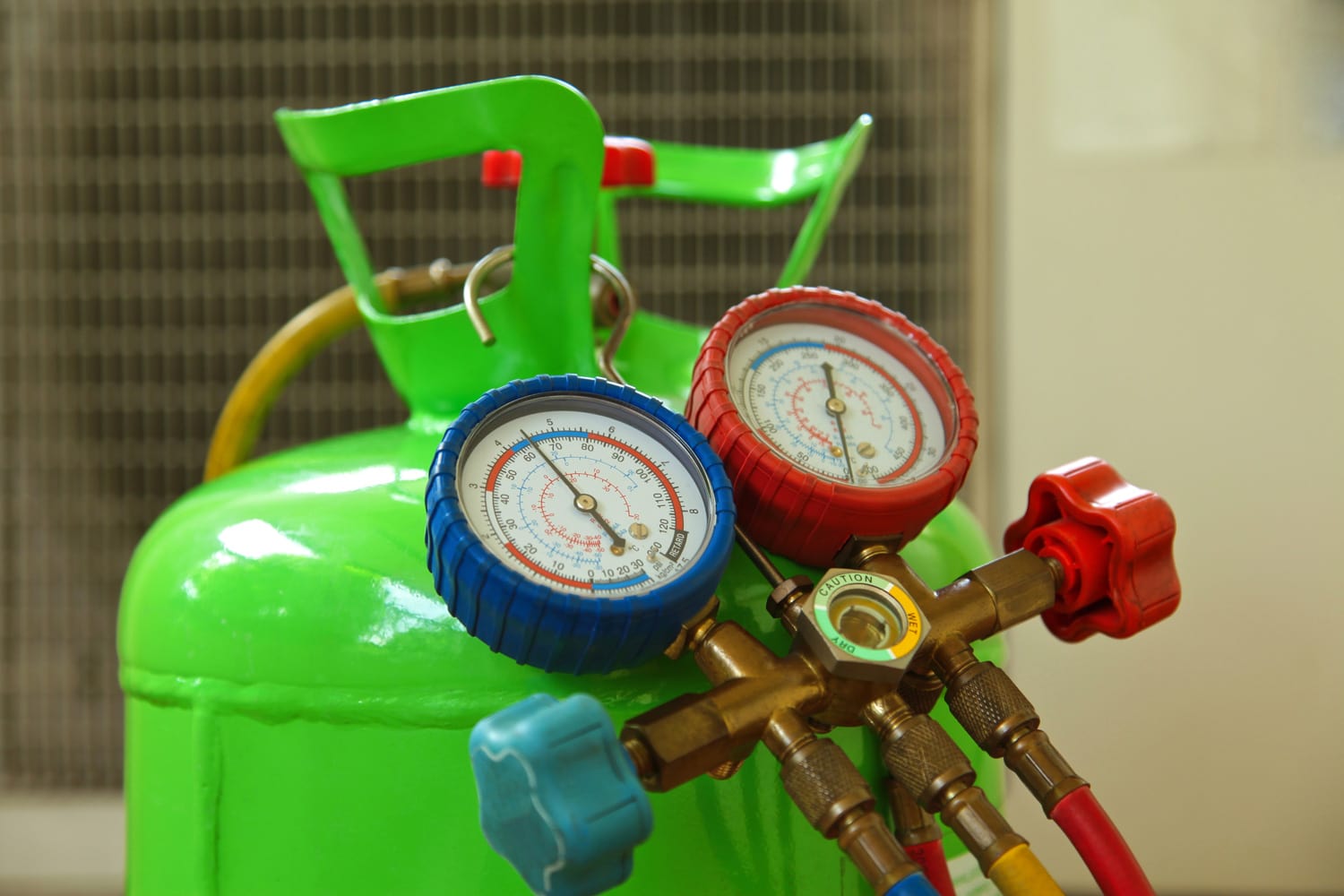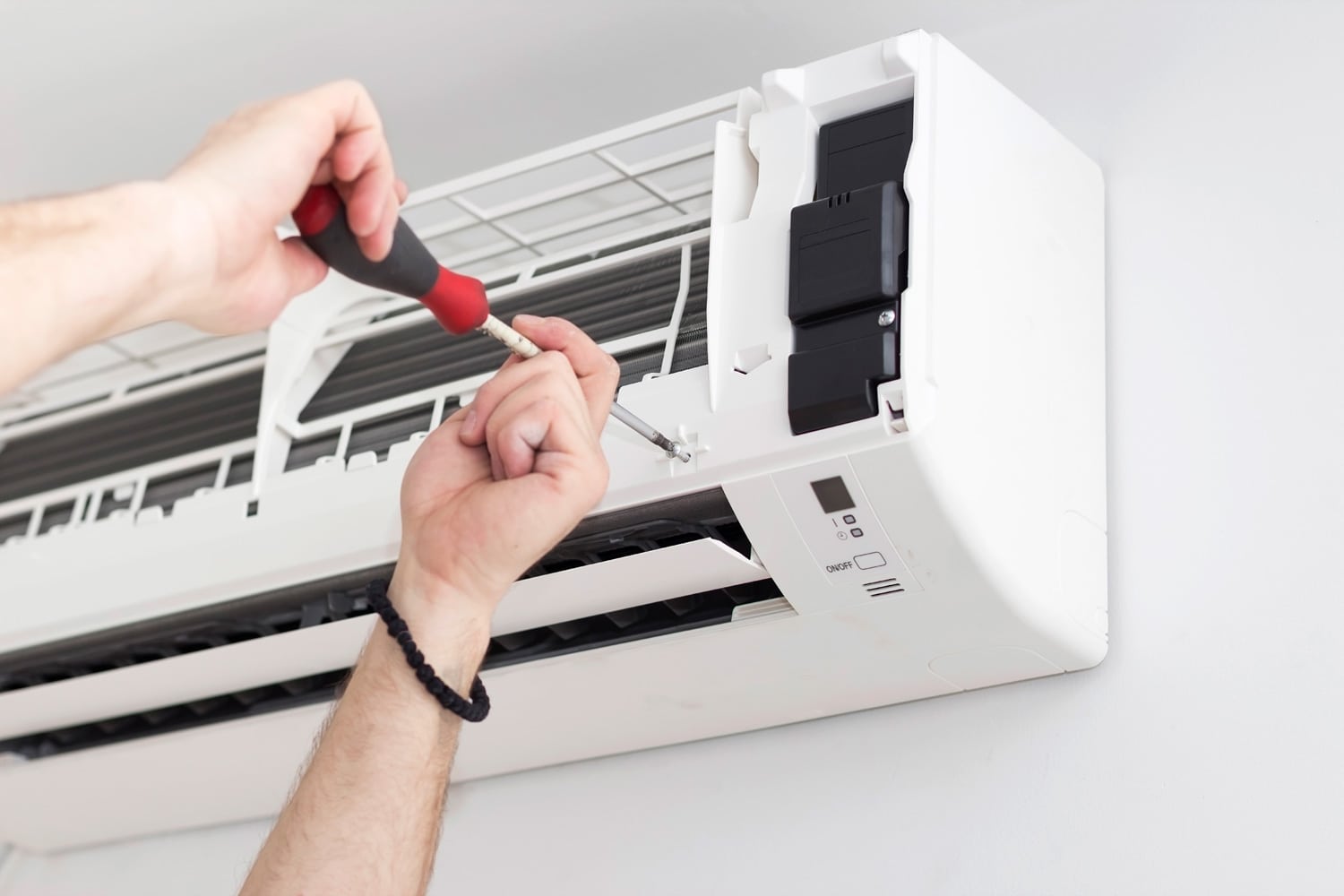It's important to make sure your air conditioner is the right size for your space. But what size do you need for a 1500-square-foot area? We're here to help you! We've done the research to bring you the answer:
A 2.5-ton AC unit is the ideal size to cover an area of 1,500 square feet. This is equal to 30,000 BTU and will require you to have 5-10 pounds of refrigerant.
In this article, you'll learn the importance of using the proper size air conditioner for a specific area. You will learn how to estimate the capacity of an air conditioner, whatever the size. Read more to learn all about it!

What Air Conditioner Size Covers 1,500 Square Feet?

You need a 2.5-ton unit of AC to cover up an area of 1,500 square feet. To find the right size for other spaces, it's important to understand how to compute the tonnage. Simply follow these steps below:
1. Multiply the Area in square feet by 20 to find BTU
The British Thermal Unit (BTU) refers to the required amount of energy to raise the temperature of water by one degree Fahrenheit. In general, 20 BTU is required to cover an area of one foot. So, the equation should look like this:
Square-footage x 20 BTU
Since the area is 1,500 square feet, we should multiply it by 20, which gives us 30,000 BTU. It means that you need 30,000 BTU to raise the temperature of 1,500 square feet area by one Fahrenheit.
2. Divide the BTU by 12,000 to get AC tonnage
The next step is to find the appropriate AC tonnage. A single ton unit of AC can produce at least 12,000 BTU. So, simply divide the BTUs found in the first step by 12,000 to get the corresponding AC tonnage, like so:
BTU ÷ 12,000
Dividing 30,000 BTUs by 12,000 gets us 2.5. Therefore, we need a 2.5-ton unit to cover up the area of 1,500 square feet.
With the equations above, it turns out that a 1-ton unit of AC can cover up to 600 square feet with 12,000 BTU. We can actually make a shortcut formula that will look like this:
Ton unit = Area ÷ 600
Given that a 1-ton unit is enough for 600 square feet, we can simply divide the area by 600 to give us the appropriate ton unit an area needs.
3. Multiply the Ton Unit by Standard Refrigerant Requirement
We're actually done computing the ton unit for an area. But it's relevant to know also the amount of refrigerant we need.
Generally, a 1-ton unit needs 2-4 pounds of refrigerant. So to get the refrigerant requirement of 1,500 square feet area, we just need to multiply the ton unit by 2-4 pounds. See the solutions below:
Refrigerant = Ton unit x (2 to 4 pounds)
= 2.5 (2 to 4 pounds)
= 5 to 10 pounds.
Therefore, a 2.5-ton unit of AC needs 5-10 pounds of refrigerant to cover up the area of 1,500 square feet.
Why Is AC Size So Important?

You might be wondering, what's the essence of these computations? The simplest answer would be that the correct AC size is important. The ton-unit capacity of an AC plays a vital role in enhancing the air temperature. See why below.
Timely Distribution of Temperature
An AC that is too small for a large area will take longer to cool the room. For instance, a 1-ton unit is installed on an area of 2,000 square feet. Since 1 ton is equivalent to 600 square feet, it will take 3–4 hours to cover the entire 2,000 square feet.
We want to get cool air as soon as possible, especially when the temperature outside is too hot. You need to consider the AC size for timely distribution of the desired temperature.
Better AC Performance
An undersized AC will not perform well. It's because the AC will force its motors to function based on what temperature the thermostat can read. As long as the thermostat has not yet reached the set temperature, the AC will run continuously.
On the other hand, an oversized AC will fill the room's temperature faster. It can cause the AC to turn on and off more frequently due to the smaller area it covers.
Proper Energy Usage
Additionally, proper energy usage is crucial. Incorrect AC size can waste energy, which will result in higher electricity bills. The air temperature needs to cover the entire area where you put the AC. Or else, the energy it releases will escape and render it useless.
There is even a risk of fire with the wrong AC size. You may not notice how long the AC has been on because you can not feel the change in room temperature. If you leave it this way, your AC motors can overheat and cause a fire.
Avoid all of these inconveniences from happening by finding the right size of AC for an area.
Does An AC Need Refrigerant?

Most modern AC units use a refrigerant. It's responsible for absorbing heat and converting it into a cooler temperature. The need for refrigerants depends on the features of AC. Ask your AC manufacturer about what refrigerant is recommended for use.
However, a 1-ton unit of AC usually requires 2-4 pounds of refrigerant, as we've discussed above. The refrigerant will spread all throughout the area to help cool it down and enhance the composition of the air.
What Refrigerant Should You Use?

Refrigerant acts as a cooling agent for the air. It's important to be familiar with the right refrigerants for your AC unit. However, you may refer to some common refrigerants below to give you a good idea of what to choose.
Refrigerant-32
Refrigerant-32, known also as R-32, is an improved version of R-22. Since many manufacturers have phased out the use of R-22 due to potential environmental harm, R-32 is recognized to save more energy. R-32 consumes approximately 10% less electricity than R-22.
It's recommended to seek the assistance of a technician if you want to switch to using another refrigerant type, specifically if you used R-22 on your AC before. A sudden change of refrigerant may cause damage to AC motors.
Refrigerant-410a
Refrigerant-410a, or R-410a, contains fluorine and is considered safe for the environment. R-410a has zero depletion potential, which is an indication of eco-friendly features.
However, R-410a requires a high amount of pressure. You need to check the capacity of an AC to match the pressure standards of R-410a.
How to Install An AC

Now that you know how to find out the right AC size for an area, it's also important to know how to install the AC. You may need the help of a technician, but most of the steps are easy to follow.
The Tools
Before we proceed, you should prepare the following tools:
Screwdriver
You need a screwdriver to mount the AC.
See this screwdriver on Amazon.
Measuring Tape
Use a measuring tape for an accurate measurement.
See this measuring tape on Amazon.
Marker
Use a marker for marking the drilling and screwing spots.
Driller
You need a driller for the condenser pipe.
Wrench
You'll need a wrench to lock some bolts.
Foam Sealant
You can seal the pipe with a foam sealant.
See this foam sealant on Amazon.
The Steps
The installation steps may differ based on the type of AC. But you follow these general steps:
- At least seven feet above the wall, then screw the mounting plate there.
- Drill a hole at least three inches in diameter for the condenser pipe.
- Mount the AC and reveal the wires. Connect the wires to the AC's terminal ports. Make sure to read the user's manual about proper wire assembly.
- On the outside, place the outdoor unit or the condenser on a steady surface like a concrete pad.
- Mount the condenser on its plate using a wrench.
- Connect the pipes and wires to the condenser.
Remember to consult the AC manufacturer about the use of refrigerant before you activate the AC. The refrigerant requirements may differ.
Conclusion
We learned how to calculate the necessary ton unit for an area and discussed the importance of doing so. We've also seen the reasons why the correct AC size affects the air temperature. We've even covered the basics of different types of refrigerants.
Lastly, we shared the general steps for installing the AC. It's always better to consult a technician to help you with the estimation of the size of the AC installation.
Do you want to learn more? Try visiting these articles:






